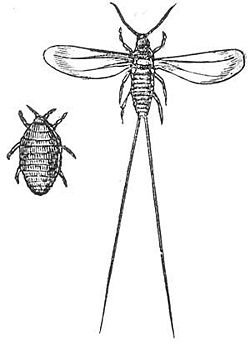 | |
 | |
| Names | |
|---|---|
| IUPAC name 7-(β-D-Glucopyranosyl)-3,5,6,8-tetrahydroxy-1-methyl-9,10-dioxo-9,10-dihydroanthracene-2-carboxylic acid | |
| Systematic IUPAC name 3,5,6,8-Tetrahydroxy-1-methyl-9,10-dioxo-7-[(2S,3R,4R,5S,6R)-3,4,5-trihydroxy-6-(hydroxymethyl)oxan-2-yl]-9,10-dihydroanthracene-2-carboxylic acid | |
| Other names Carminic acid C.I. Natural Red 4 C.I. 75470 CI 75470 | |
| Identifiers | |
3D model (JSmol) | |
| ChEBI | |
| ChEMBL | |
| ChemSpider | |
| ECHA InfoCard | 100.013.658 |
| EC Number |
|
| E number | E120 (colours) |
| KEGG | |
PubChem CID | |
| UNII | |
CompTox Dashboard (EPA) | |
| |
| |
| Properties | |
| C22H20O13 | |
| Molar mass | 492.38 g/mol |
| Melting point | 120 °C (248 °F; 393 K) (decomposes) |
| Acidity (pKa) | 3.39, 5.78, 8.35, 10.27, 11.51 [2] |
Except where otherwise noted, data are given for materials in their standard state (at 25 °C [77 °F], 100 kPa). | |
Carminic acid (C22H20O13) is a red glucosidal hydroxyanthrapurin that occurs naturally in some scale insects, such as the cochineal, Armenian cochineal, and Polish cochineal. The insects produce the acid as a deterrent to predators. [3] An aluminum salt of carminic acid is the coloring agent in carmine, a pigment. [4] Natives of Peru had been producing cochineal dyes for textiles since at least 700 CE. [4] Synonyms are C.I. 75470 and C.I. Natural Red 4. [5]
Contents
The chemical structure of carminic acid consists of a core anthraquinone structure linked to a glucose sugar unit. Carminic acid was first synthesized in the laboratory by organic chemists in 1991. [6] [7] In 2018, researchers genetically engineered the microbe Aspergillus nidulans to produce carminic acid. [8]
It was previously thought that it contains α-D-glucopyranosyl residue, which was later redetermined to be the β-D-glucopyranosyl anomer. [9]



